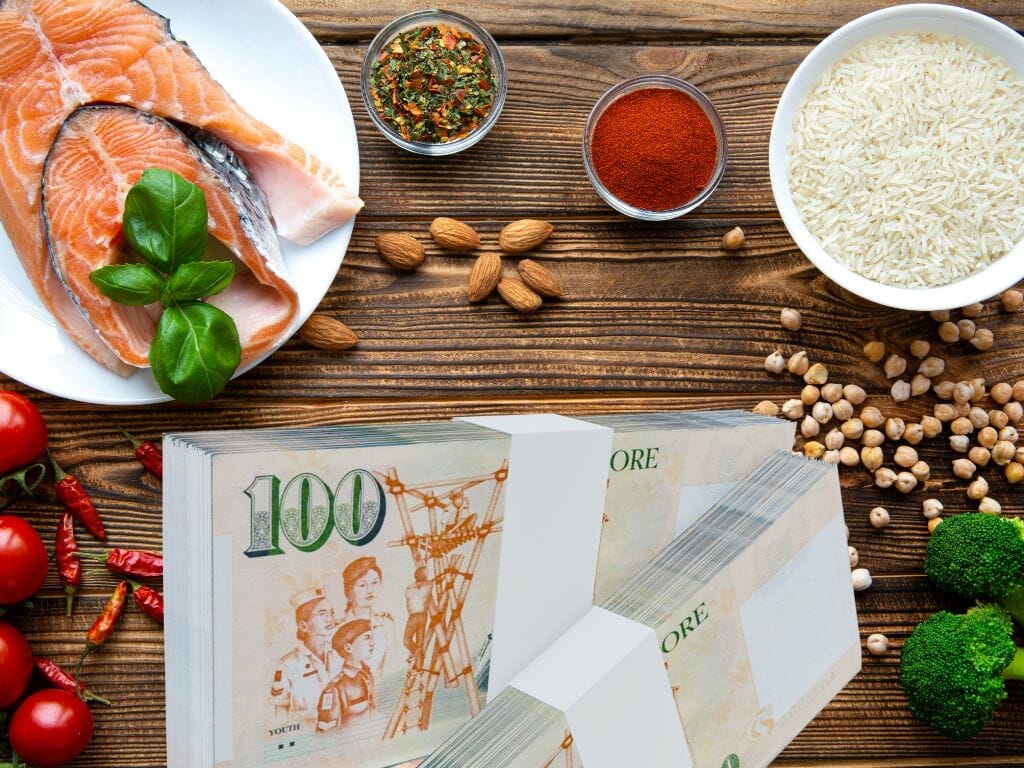10 Facts About the Economics of Food in Singapore: From Hawkers to Fine Dining
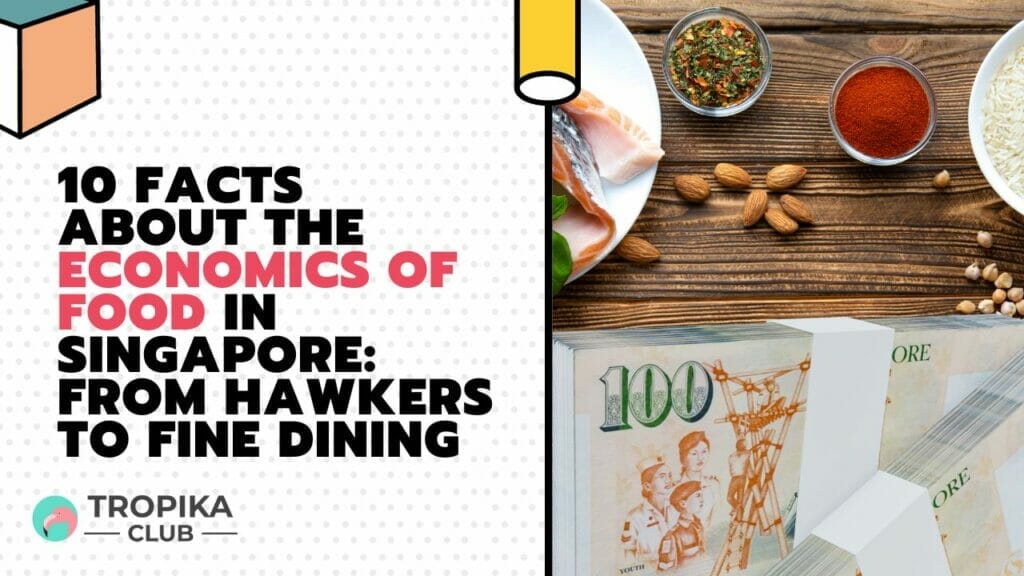
No Time to Read? Here’s a Snappy Summary of This Article
- Hawker Havens: Singapore’s hawker centers fuel the economy, offering affordable delights and supporting local vendors for a flavorful impact.
- Culinary Tourism Boost: Singapore’s diverse culinary scene attracts global food enthusiasts, enriching the economy through tourism-driven revenue and cultural showcase.
- Sustainable Feast: Local food production, eco-friendly practices, and waste reduction are key ingredients in Singapore’s recipe for a sustainable food industry.
- Agricultural Backbone: Singapore’s agricultural sector ensures food security, supporting local production and adding essential flavor to the nation’s economic mix.
- Fine Dining Alchemy: Culinary innovation drives Singapore’s fine dining, creating unique and captivating experiences that contribute to the high-end gastronomic economy.
- Local Ingredients Magic: Culinary entrepreneurship and local ingredients weave a tapestry of economic vibrancy, showcasing innovation, diversity, and the essence of Singapore’s food scene.
Table of Contents
- No Time to Read? Here’s a Snappy Summary of This Article
- 1. The Role of Rent
- 2. Influence of Imported Ingredients
- 3. Government Subsidies for Hawker Centres
- 4. Wage Dynamics
- 5. Tourist Influence
- 6. Food Delivery Economics
- 7. Michelin Star Influence
- 8. Seasonal Offerings
- 9. Competition and Innovation
- 10. Cultural Influence on Economic Decisions
- Meanwhile, Check Out Tropika Club’s Ecosystem of Websites
Introduction
In the bustling streets and vibrant neighborhoods of Singapore, food is more than sustenance; it’s a cultural icon. As a melting pot of diverse culinary traditions, Singapore offers a gastronomic experience like no other. Yet, behind the sizzling woks and the clinking of fine china, there lies a complex economic landscape that shapes what ends up on your plate. Join Tropika Club Magazine as we take you through 10 captivating facts about the economics of food in Singapore.

1. The Role of Rent
High rental costs in Singapore have a direct impact on the prices of food. Whether it’s hawker centres or high-end restaurants, the cost of leasing space contributes significantly to operational expenses. In some popular tourist areas, rents can be astronomical, leading to higher prices for consumers. Establishments have to balance quality and affordability while juggling with high rents, shaping the culinary offerings in the city-state.
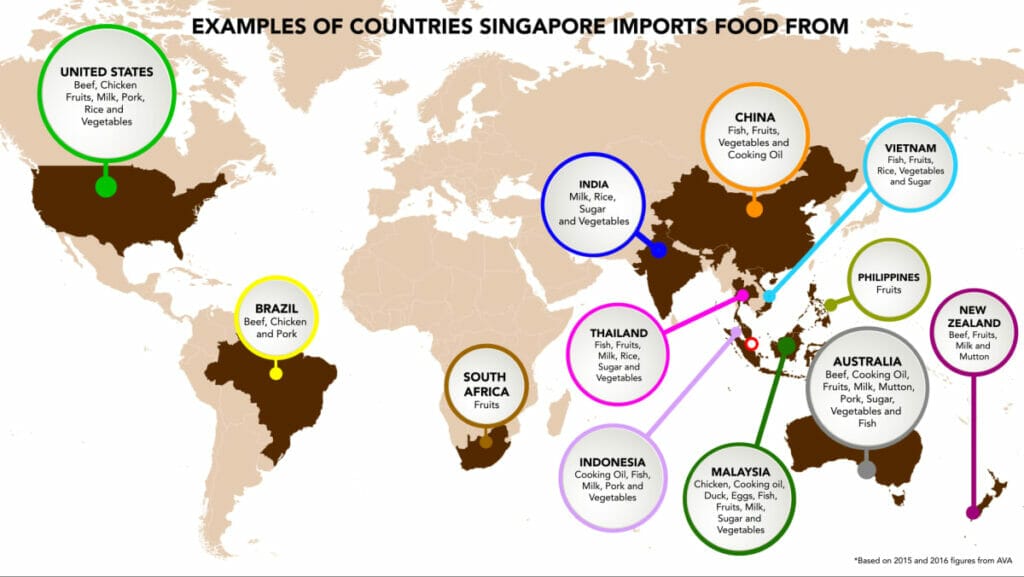
2. Influence of Imported Ingredients
Being a country with limited agricultural land, Singapore heavily relies on imported ingredients, driving up the overall cost of food. From exotic spices to basic vegetables, the import dependency makes the food scene susceptible to global economic fluctuations and supply chain disruptions.
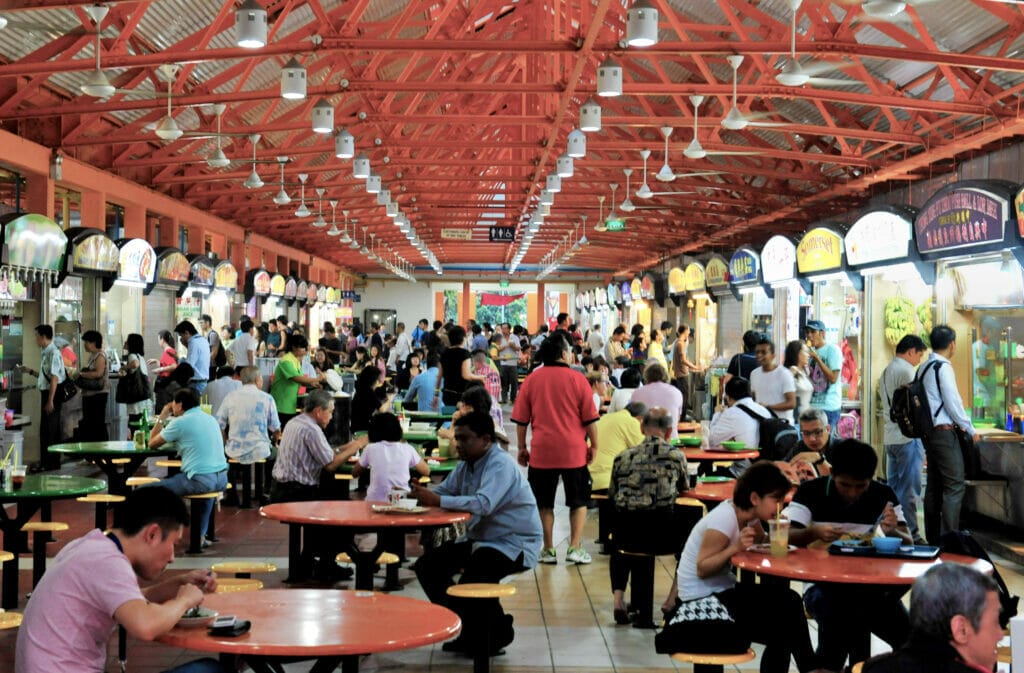
3. Government Subsidies for Hawker Centres
Singapore’s government subsidizes hawker centres to keep meals affordable for the general population. These subsidies help in neutralizing some of the economic pressures like rent and utilities, allowing hawker food to remain an economical dining option.

4. Wage Dynamics
Labour costs in Singapore are rising, which has an inevitable influence on food prices. Given the increasing wages and scarcity of manpower willing to work long hours in the food and beverage sector, this economic factor plays a critical role in setting the price points at various eating establishments.
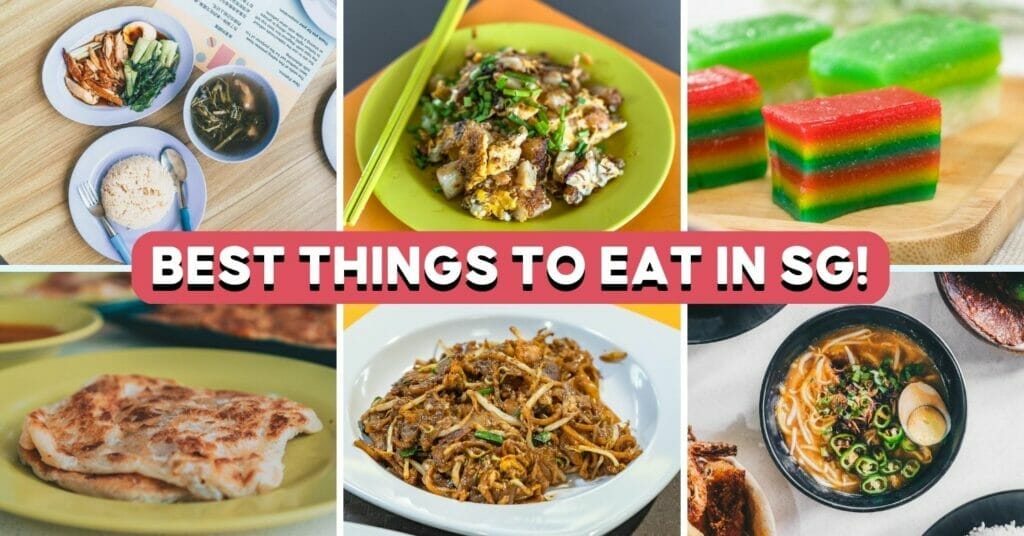
5. Tourist Influence
The impact of tourism on Singapore’s food economy is substantial. Tourists are more likely to dine at mid to high-end restaurants, and their willingness to pay a premium has an upward effect on prices. During peak tourist seasons, some restaurants even adjust their pricing strategies to capitalise on this.

6. Food Delivery Economics
The rise of food delivery services has introduced a new dynamic in the food economics of Singapore. With commissions taken by delivery platforms and the convenience factor driving people to opt for home delivery, there is a shift in how restaurants and hawkers budget and price their offerings.
_
Read Also:
Top 10 Best Economical Fried Bee Hoon in Singapore
_
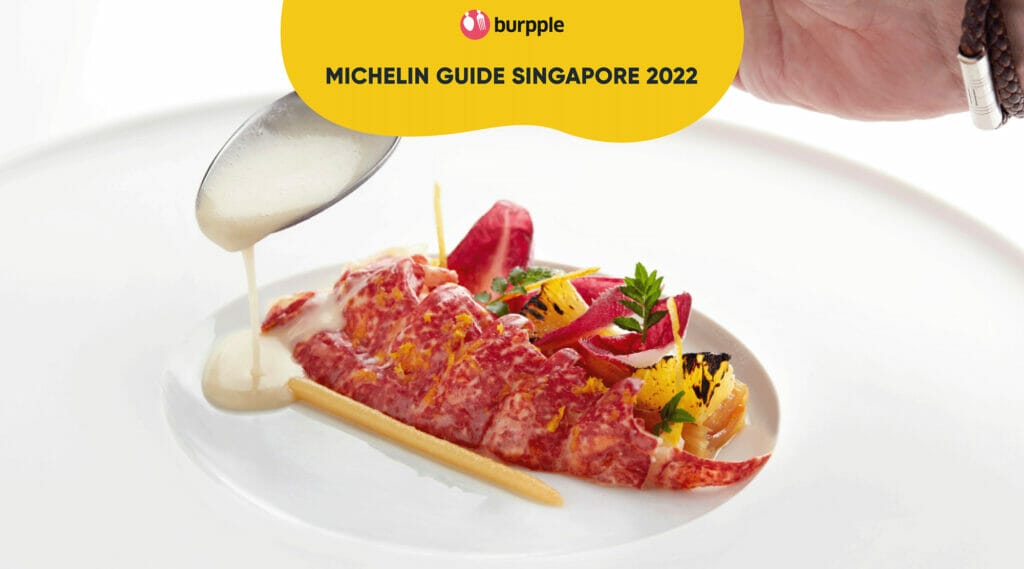
7. Michelin Star Influence
The presence of Michelin-starred restaurants sets a certain economic and quality standard for fine dining in Singapore. These establishments have a cascading effect on the overall pricing structure of fine dining in the city, setting the bar for what consumers are willing to pay for an upscale dining experience.
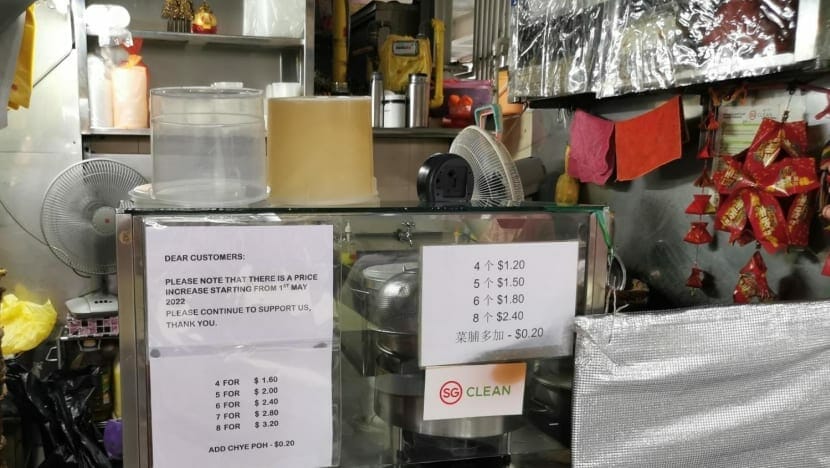
8. Seasonal Offerings
The use of seasonal ingredients in both fine dining and some hawker stalls provides an interesting economic twist. Seasonal items usually come at a premium, and the prices can vary throughout the year, adding a layer of complexity to food pricing.
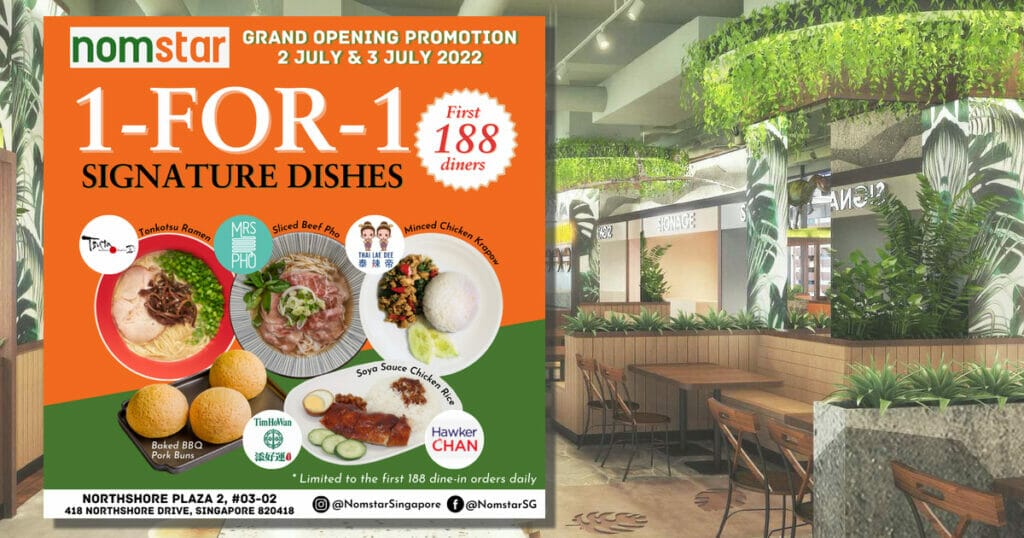
9. Competition and Innovation
With a saturated food market, competition is rife in Singapore. This has led to innovation, not only in terms of culinary techniques but also in pricing strategies and marketing. Restaurants and hawkers often offer promotions or bundle deals to attract consumers, adding an economic layer to culinary decisions.
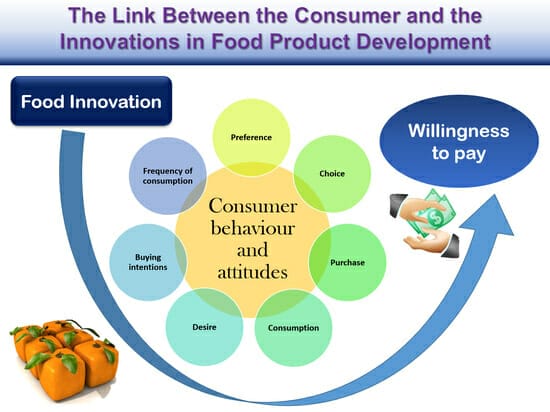
10. Cultural Influence on Economic Decisions
Cultural factors also play a role in the economics of food in Singapore. For instance, traditional foods might be priced more affordably to appeal to local sentiments, whereas exotic or westernized dishes may command a higher price due to perceived value and uniqueness.
Conclusion
To sum it up, the economics of food in Singapore is an intricate tapestry, woven with threads of government policies, cultural influences, and market dynamics. As a nation known for its food, acknowledging these economic underpinnings enriches our dining experience and deepens our understanding of what makes Singapore’s food scene so uniquely diverse and irresistibly delicious.

Frequently Asked Questions (FAQ)
Q: What is the economic impact of hawker centers in Singapore?
A: Hawker centers play a crucial role in Singapore’s economy, providing affordable food options and supporting local vendors, contributing significantly to the food industry’s economic landscape.
Q: How does Singapore’s culinary tourism contribute to its economy?
A: Culinary tourism boosts Singapore’s economy by attracting visitors, driving revenue in the food and beverage sector, and showcasing the diverse and rich culinary heritage of the country.
Q: What are the key factors influencing the sustainability of Singapore’s food industry?
A: Sustainability in Singapore’s food industry is influenced by factors such as local food production, eco-friendly practices, and efforts to reduce food waste, contributing to a more resilient and sustainable food ecosystem.
Q: How does the agricultural sector impact the economics of food in Singapore?
A: The agricultural sector in Singapore plays a pivotal role in supporting local food production, ensuring food security, and contributing to the overall economic dynamics of the food industry.
Q: What role does culinary innovation play in the economics of fine dining in Singapore?
A: Culinary innovation is a driving force in Singapore’s fine dining scene, attracting patrons and contributing to the economic growth of high-end dining establishments through unique and creative culinary experiences.
Q: How do local ingredients and culinary entrepreneurship contribute to the economic vibrancy of Singapore’s food scene?
A: The use of local ingredients and the entrepreneurial spirit within the culinary landscape contribute to the economic vibrancy of Singapore’s food scene by fostering innovation, supporting local businesses, and showcasing the diversity of the nation’s food offerings.

Have an Article to Suggest?
Tropika Club is always looking for new and exciting content to feature in their magazine and they value the input of our readers. If you have any noteworthy content or articles that you believe would be a great addition to Tropika Club’s magazine, we are open to suggestions and encourage you to reach out to us via email at [email protected]. By doing so, Tropika Club values your expertise and knowledge in the matter and appreciates your willingness to help. We will review your recommendations and update our list accordingly
Meanwhile, Check Out Tropika Club’s Ecosystem of Websites

Tropika Club Magazine – Tropika Club Magazine is a Singapore-based publication that features articles on a wide range of topics with a focus on local businesses and content for the region. The magazine emphasizes supporting local businesses through its #SupportLocal initiative, which includes coverage of everything from neighborhood hawker stalls to aesthetic clinics in town. In addition to highlighting local businesses, Tropika Club Magazine also covers a variety of local content, including beauty, lifestyle, places, eats, and what’s on in Singapore and the Asia Pacific region.
Tropika Club Deals – Tropika Club Deals is a leading online deals and voucher shopping site in Singapore, offering amazing discounts on beauty, wellness, and fitness products and services. It’s the perfect platform for customers who want to discover the best deals without having to commit to a specific appointment date and time. These deals are available at major beauty stores, facial salons, hair salons, and other brands in Singapore, with no minimum spend required. Choose from guaranteed discounted deals in the categories of hairstyling, hair removal, facial & aesthetics, body slimming, brows & lashes, nails & makeup, massage & spa or fitness & wellness. Tropika Club Deals is also ideal for customers who want to buy vouchers as gifts or to use for the future. So whether you’re looking to save money on your next haircut or want to treat yourself to a relaxing massage, Tropika Club Deals has got you covered with the best voucher and coupon deals in Singapore!



